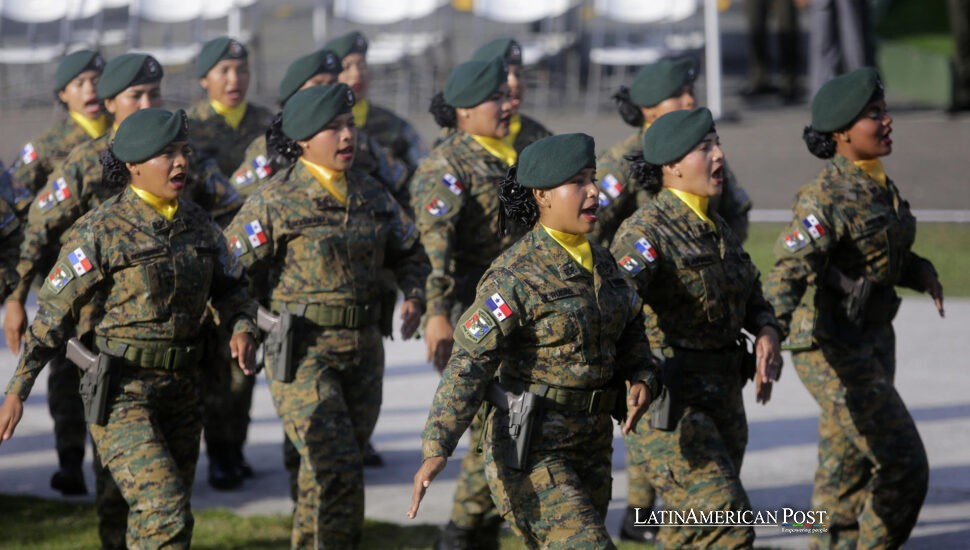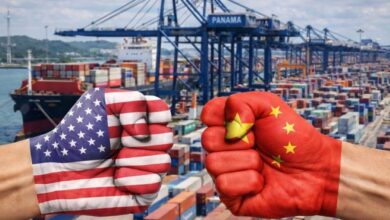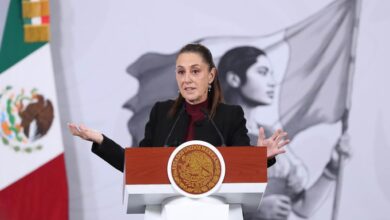Panama’s Neutrality: A Historic Treaty Faces Global Challenges

The United States and Panama are at odds over a new security memorandum that could expand U.S. military presence under rotational exercises, raising questions about the 1977 Treaty of Neutrality that guarantees Panamanian sovereignty over the famed canal once again.
A Treaty Under the Microscope
The focal point of recent debates in Panama has been the Treaty Concerning the Permanent Neutrality and Operation of the Panama Canal, one of the bedrocks of the landmark Torrijos-Carter Agreements of 1977. It ensures that the 82-kilometer waterway—linking the Atlantic and Pacific Oceans—remains open to all nations under fair and equal conditions. In the eyes of many Panamanians, this “Neutrality Treaty” symbolizes their hard-won autonomy and freedom from the century-long U.S. control over the canal.
However, a newly signed Memorandum of Understanding on security cooperation has stirred controversy. Under this agreement, the United States would bolster its rotational, non-permanent military presence for joint training exercises. On paper, Panamanian officials led by President José Raúl Mulino insist that the arrangement does not violate the Neutrality Treaty. They highlight that no permanent bases or garrisons will be established, a key stipulation spelled out in the 1977 accords, which demanded the full withdrawal of U.S. troops by the end of 1999.
Critics, though, remain wary. They argue that even a temporary influx of U.S. forces infringes upon Panama’s sovereignty—especially as Washington officials have publicly expressed interest in countering what they term “malicious” Chinese influence around the canal. The fact that the Pentagon’s secretary, Pete Hegseth, made his historic visit to Panama amid rising U.S.-China tensions has only fueled anxiety. Critics in Panama assert the memorandum signing transfers territory of strategic value. The canal’s financial significance is currently at its maximum.
The Legacy of Torrijos-Carter
To understand the importance of such worries, it is necessary to study the Torrijos-Carter treaties again. Signed in 1977 by U.S. President Jimmy Carter and Panamanian Head of State Omar Torrijos, these documents had two major outcomes. First, Panama would assume full control of the canal on December 31, 1999, ending almost a century of U.S. jurisdiction. Second, the Treaty of Neutrality—activated on October 1, 1979—ensured that in both peace and war, the canal must remain open to all countries without discrimination.
Under its eight articles, Panama pledged to safeguard the canal’s uninterrupted operation, forbidding it to become a military target or a partisan instrument in external conflicts. One article bars any foreign power from establishing permanent military installations on Panamanian soil once the earlier “Canal Zone” regime expired. Yet an additional clause grants warships and auxiliary vessels of the United States and Panama the right to “expeditious passage,” honoring their historical roles in building, maintaining, and defending the canal.
The question arises: where do short-term joint exercises fit into this carefully balanced framework? Panama’s government claims it has previously hosted U.S. units for training without undermining the Treaty. Since the country abolished its army in 1990, law enforcement has relied on specialized police forces for defense and counter-narcotics missions, often collaborating with the United States. Officials point to at least 20 such agreements dating back to 1990, covering various security programs. However, the new memorandum’s scope and timing—especially given Washington’s mention of regaining strategic advantage—have reawakened old fears of undue foreign influence.
Balancing Security and Sovereignty
While tensions around this issue have flared, Panamanian leaders emphasize that their ultimate commitment is to preserve “the sovereignty of Panamanians and of the canal,” as U.S. officials themselves acknowledged during visits to the country. The canal is still unequivocally under Panamanian control, and the Neutrality Treaty remains in force. Panamanian spokespersons question the statements made by certain U.S. officials upon returning home, where they have referenced “bases” or “troops” in Panama in more expansive terms than those used on Panamanian soil.
Observers note that the conflicting rhetoric could partly stem from political pressures. U.S. officials may be shaping domestic narratives to align with broader concerns about Beijing’s role in global infrastructure, particularly in strategic nodes like the Panama Canal. As part of the 1977 agreements, a “Protocol of Neutrality” invited states worldwide to acknowledge and respect the canal’s neutrality. More than 40 nations, including Taiwan, agreed. China did not agree, along with observers who wondered about Beijing’s commercial and strategic plans in the area.
The issue goes further than legal details. It concerns Panama’s identity as an independent state. The state got back its important resource after many years of foreign control. Many Panamanians remember the extensive U.S. military presence that lingered until the final handover, and the bloody 1989 invasion that toppled Manuel Noriega’s regime. They remain wary of any arrangement that could reignite the specter of permanent foreign troops on national soil.
A group of Panamanians supports ongoing cooperation with the United States in defense and anti-drug initiatives because they believe this partnership enhances maritime security, which protects the canal’s operations. The canal serves as a critical pillar of Panama’s economy, while any operational disruption could cascade through worldwide shipping channels.
Debate continues but the Neutrality Treaty has a significant part in how Panama sees itself. In addition to its impressive construction, the canal demonstrates Panama’s international position plus its story of becoming independent. That symbolism persists, whether the discussion is about cargo ships passing from the Atlantic to the Pacific or about rotating U.S. units carrying out training exercises.
Also Read: Bolivian High-Altitude Explorations: Sleep, Oxygen, and Teen Cognition
In the end, Panamanians are likely to watch closely how their government and Washington implement the new security memorandum—if indeed it proceeds—ensuring that the canal’s proud status as a neutral passage endures. Although treaties may seem technical on the surface, they hold significant emotional importance for societies struggling to overcome colonial histories and power disparities. Panama faces a difficult balance. Security cooperation plus protection of self-governance defines a large, shared experience. Small countries seek methods to handle disagreements involving powerful countries. They also work to maintain their valued self-reliance.




